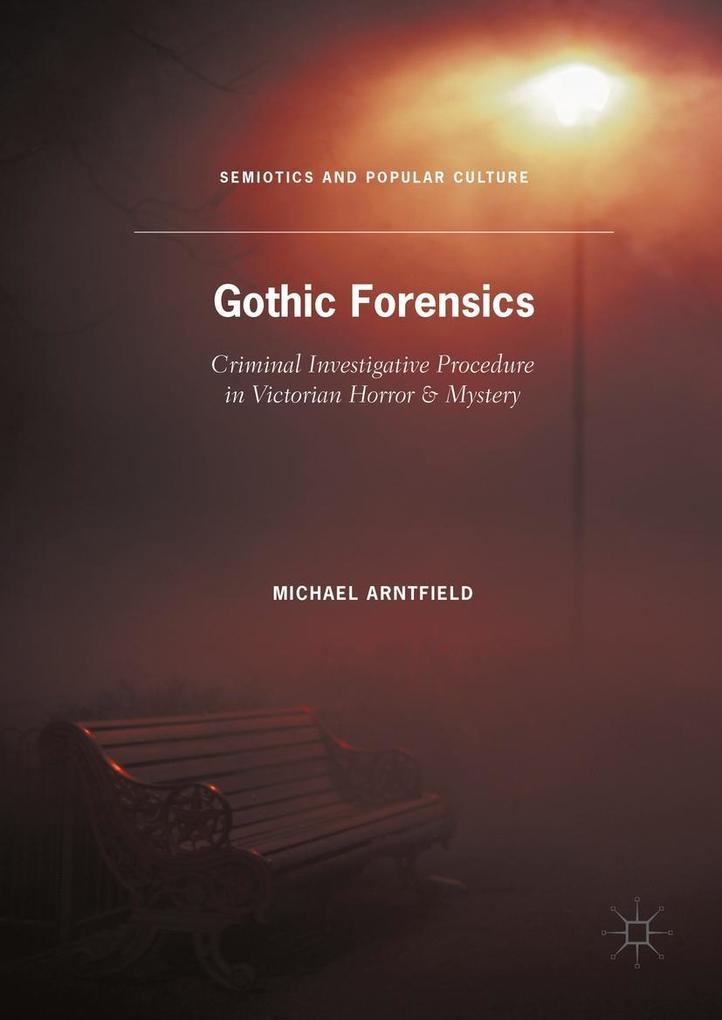Bücher versandkostenfrei*100 Tage RückgaberechtAbholung in über 100 Filialen

Sofort lieferbar (Download)
This book explores a number of foundational Victorian Gothic texts that have either predicted or prefigured key investigative methods used by police today. It also critically assesses the legislative, procedural, and forensic implications of crime fiction and horror produced during the Victorian era. Titles ranging from Bleak House to Dracula are demonstrated to be driving forces behind the professional standards and investigative methods used by police departments in the United States and United Kingdom, both then and now. Gothic Forensics explains how and why the Gothic served as the unlikely but irrefutable creative engine for advances in forensics made in the following century-techniques and technologies taken for granted today-as well as the literary progenitor of the prevailing methodologies now used in criminal investigation and profiling, the collection of evidence, and the administration of justice.
Inhaltsverzeichnis
How to Use this book.- Introduction: The Forensic Guide.- 1
The House of the Seven Gables:
Wrongful Convictions & Secondary Deviation.- 2
Bleak House:
Authorship Attribution & Suspectology.- 3 The Murders in the Rue Morgue : Cognitive Interviewing & Crime Scene Continuity.- 4 The Mystery of Marie Rogêt : Holdback Evidence & the Copycat Effect.- 5
Dracula
: Criminal Paraphilia & Expert Witnesses.- 6
The Strange Case of Dr. Jekyll & Mr. Hyde
: Criminal Responsibility and Psychogeography.- 7
The Picture of Dorian Gray
: The Psychopathy Checklist & the Dark Triad.- 8
The House by the Churchyard
: Forensic Anthropology & Investigative Countermeasures.- 9
Trilby
: Forensic Victimology & the Svengali Defense.- Conclusion: Towards a Literary Criminology
Produktdetails
Erscheinungsdatum
27. Juni 2016
Sprache
englisch
Auflage
1st ed. 2016
Seitenanzahl
253
Dateigröße
2,95 MB
Reihe
Semiotics and Popular Culture
Autor/Autorin
Michael Arntfield
Verlag/Hersteller
Kopierschutz
mit Wasserzeichen versehen
Produktart
EBOOK
Dateiformat
PDF
ISBN
9781137565808
Entdecken Sie mehr
Pressestimmen
Gothic Forensics is part of a series aiming to give semiotic readings of popular culture in clear language for lay readers. In this book, Arntfield demonstrates that transatlantic nineteenth-century texts express central ideas of modern criminology. (Studies in English Literature 1500-1900, Vol. 57 (4), 2017)
Bewertungen
0 Bewertungen
Es wurden noch keine Bewertungen abgegeben. Schreiben Sie die erste Bewertung zu "Gothic Forensics" und helfen Sie damit anderen bei der Kaufentscheidung.









